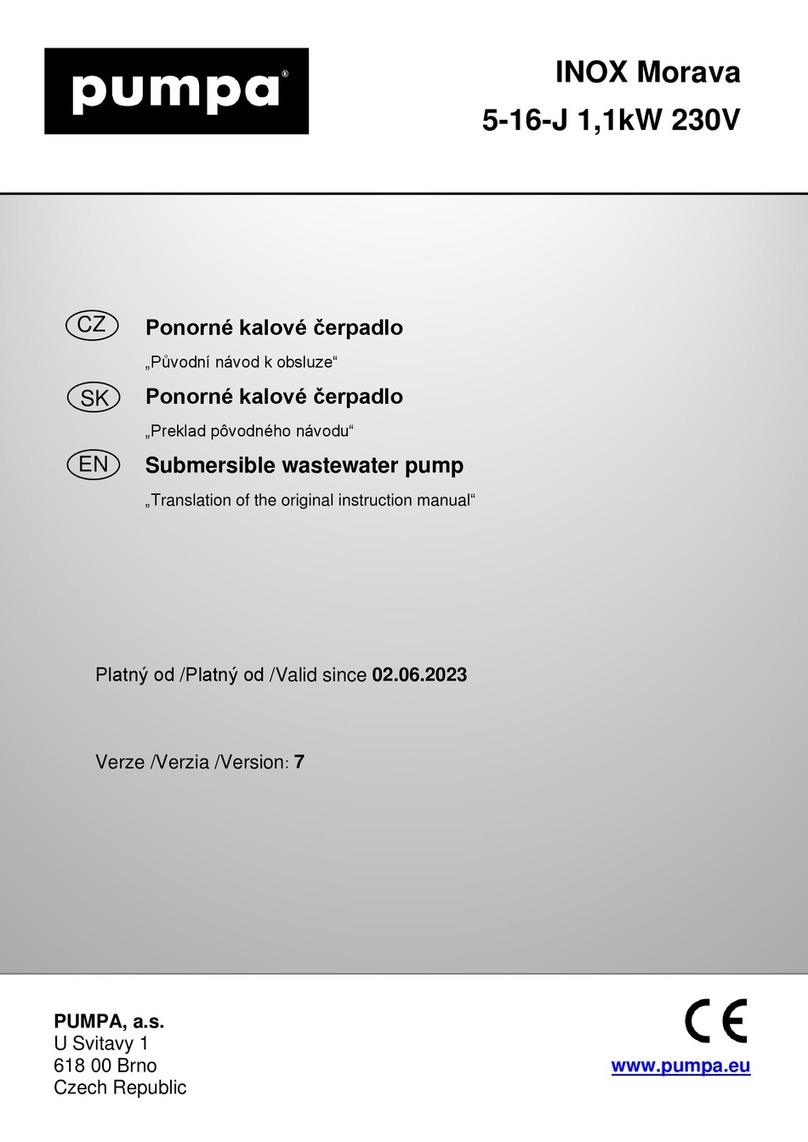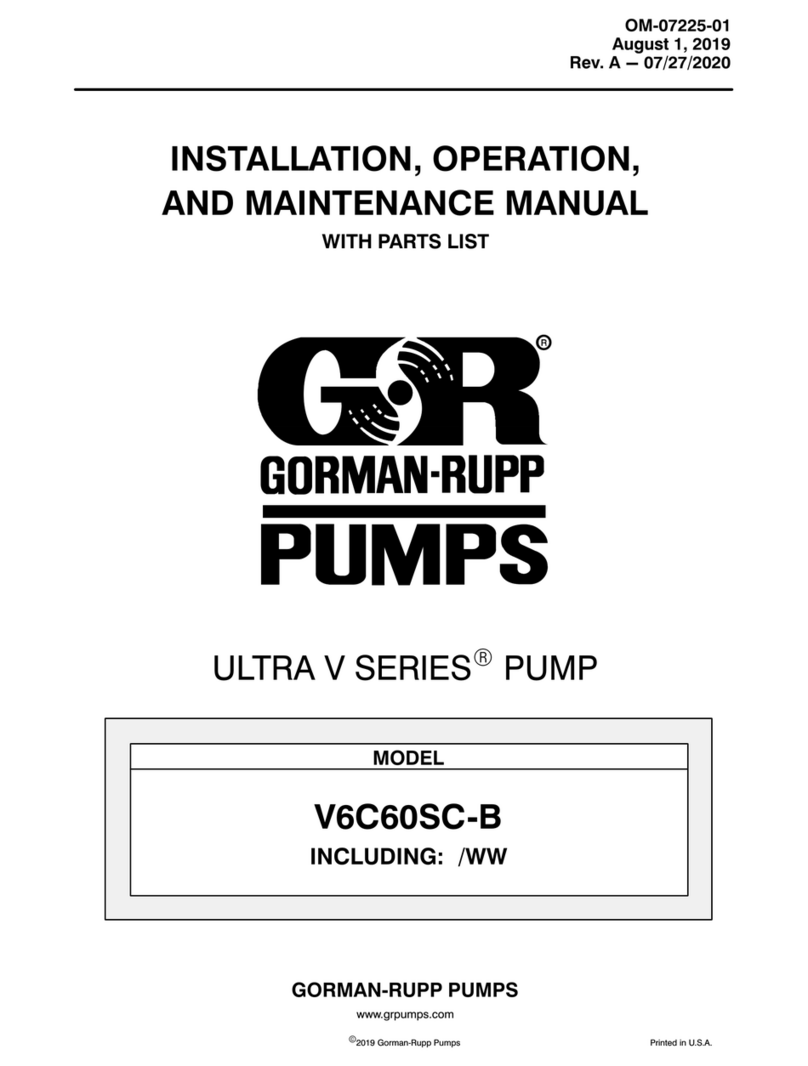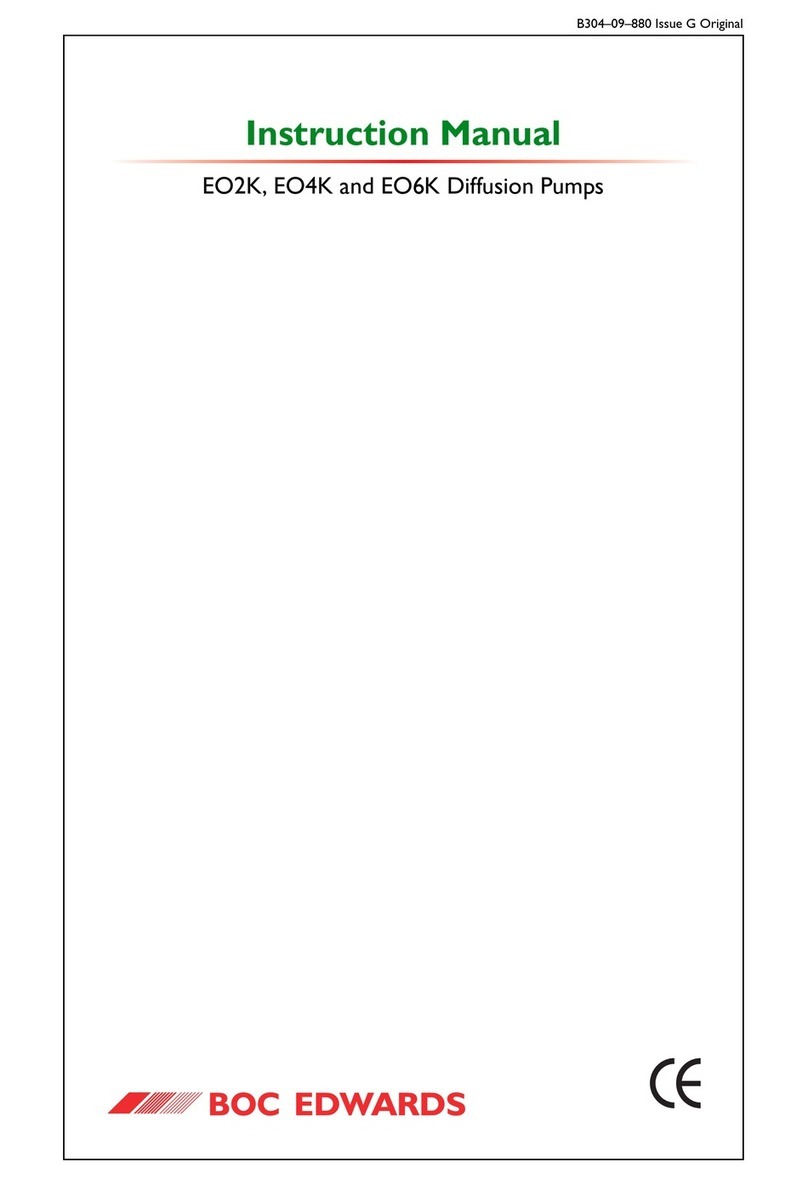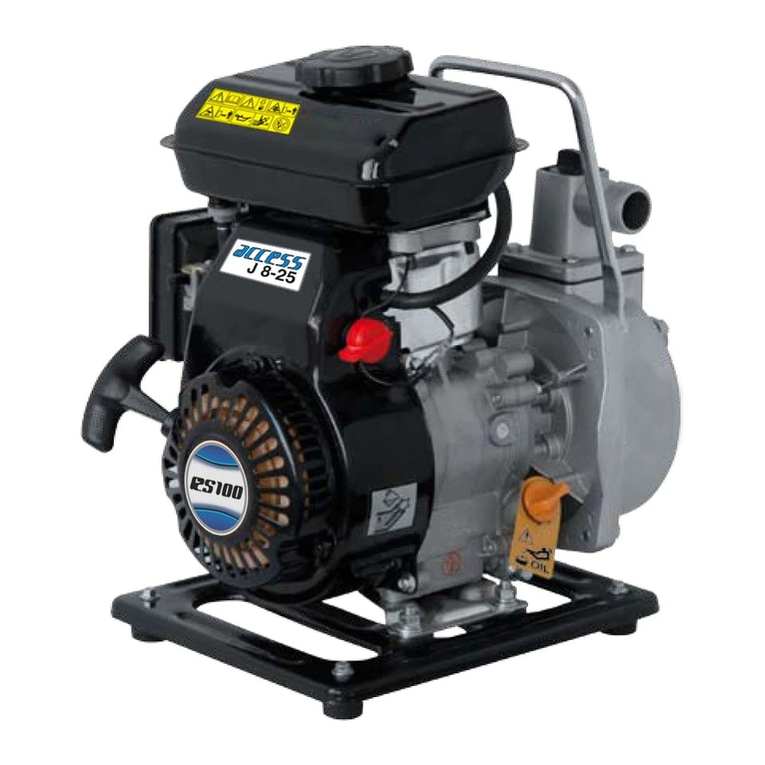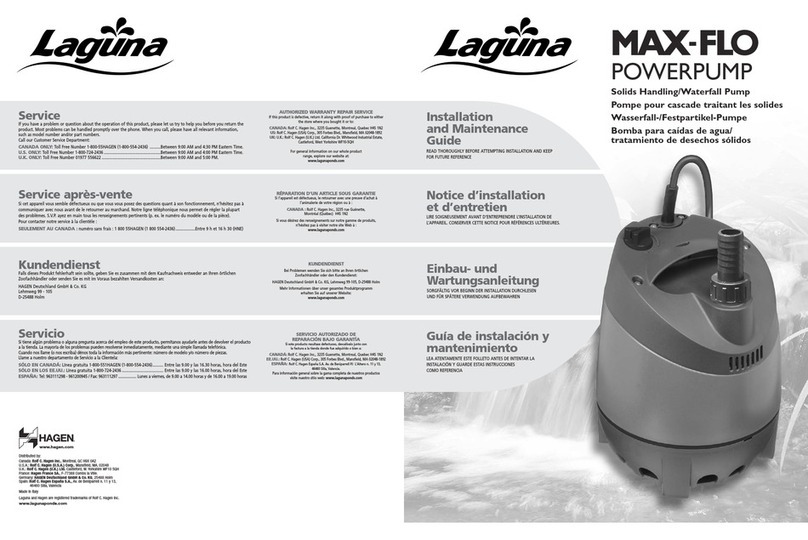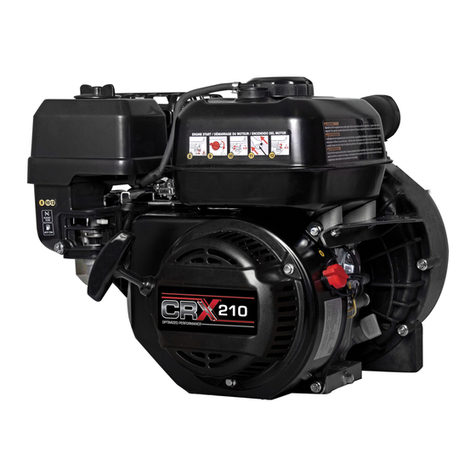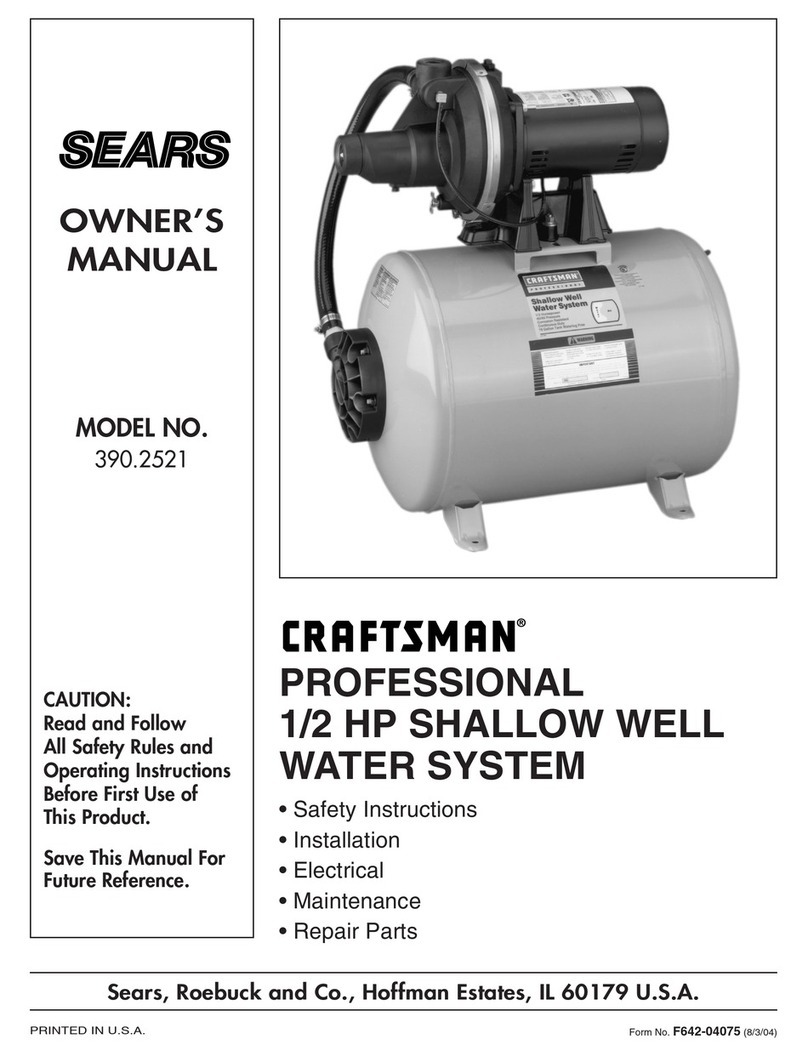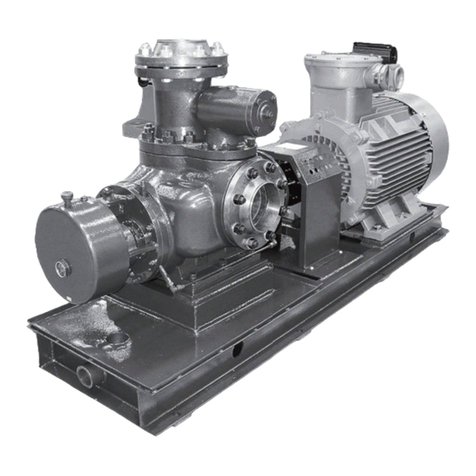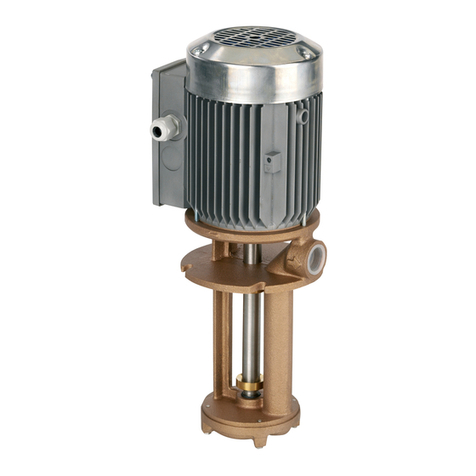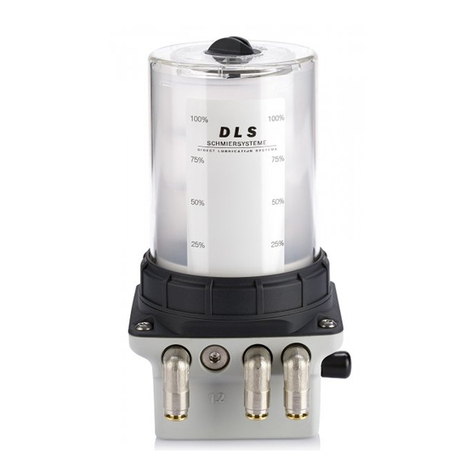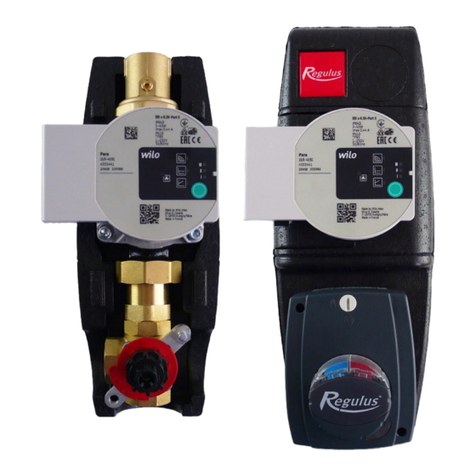
Page 8 REV 0 - 07/06/2020Part Number 7113995 / ENGLISH
Engine exhaust contains carbon monoxide, an odorless, colorless, poisonous gas.
Running an engine indoors will kill you in minutes. Never use this product inside a house,
garage, or any other kind of enclosure even if doors and windows are open. Run engine
outside at least 20 feet (6 meters) away from windows, doors, and vents. Carefully
considerwinddirectionand air currents whenusingthisproductoutsideto avoid breathing
in engine exhaust. Always use a carbon monoxide detector in any occupied buildings
near the running engine.
TOXIC FUMES
REFUELING
Gasoline is highly ammable and gasoline vapors are extremely explosive. Fire and
explosions can cause severe burns and/or death. Keep gasoline away from ames,
sparks, and other ignition sources. Refuel outdoors in a well-ventilated area with the
engine stopped and cool. Wipe up any spilled gasoline and allow engine to dry completely
before starting. Keep a re extinguisher handy while refueling. Do not operate engine with
leaks in the fuel system. Do not store gasoline near other ammable materials.
MOVING PARTS
This product has many parts that move at high speeds. Moving parts can cause crushing
injuries, broken bones, severe lacerations, and/or traumatic amputations. To prevent
injury, never place ngers, hands, feet, or other body parts near running engine. Never
operate product with covers, shrouds, or other guards removed. Do not wear loose-tting
clothing, dangling drawstrings, or any other hanging items that could become entangled
in moving parts while operating. Tie up long hair and remove jewelry before operating.
Attempting to start the engine incorrectly or using the pump incorrectly can result in
engine and/or pump damage, and may cause serious injury or death. To avoid engine
and/or pump damage and serious injury or death be sure to read, understand, and follow
the steps outlined in the OPERATING CHECKLIST section of this manual before starting
the engine, and follow all the guidelines for proper use of the pump.
OPERATING CHECKLIST
Untrained persons, young children, and pets can be seriously injured or killed if allowed
to incorrectly operate or play with running pump. Be sure anyone operating the pump
receives proper instructions, understands safe operation, and has read the owner’s
manual before operating this product. Do not let children operate the pump without
parental supervision. Keep young children and pets away from the pump while it is
running. Always turn off the pump before leaving the area.
UNTRAINED OPERATION




















